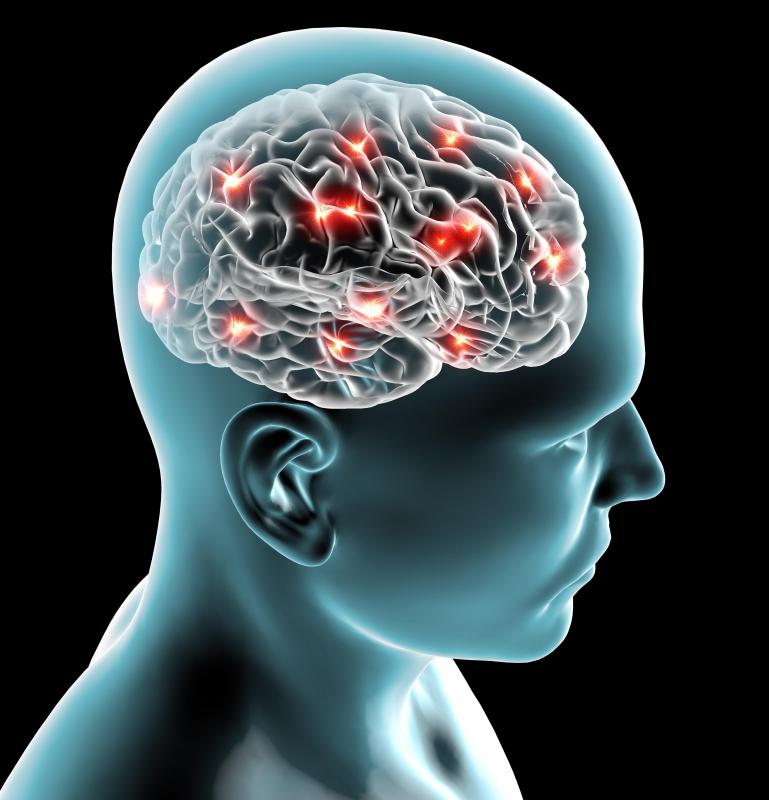At TheHealthBoard, we're committed to delivering accurate, trustworthy information. Our expert-authored content is rigorously fact-checked and sourced from credible authorities. Discover how we uphold the highest standards in providing you with reliable knowledge.
What Is the Parahippocampal Gyrus?
The parahippocampal gyrus is an important and active region of the brain's limbic system. Its main function involves memory creation and recall of visual scenes. Recognition of certain communication cues may serve as another function. The structure’s name derives from its proximity to the hippocampus. Abnormalities may indicate underlying conditions like schizophrenia, Alzheimer's disease, and hippocampal sclerosis.
The makeup of this region is fairly basic. It includes an anterior and posterior region. Entorhinal and perihinal cortices comprise the frontal portion. When combined with parts of a nearby structured called the fusiform gyrus, the entire region is referred to as the parahippocampal cortex. Further, the structure rests inside a side region of the brain's cerebrum known as the temporal lobe, the main feature of which is the hippocampus, a part of the brain mostly dealing with short-term and long-term memory.

Memory plays a prominent role in the parahippocampal gyrus as well, and recognition of scenes constitutes the most prevalent memory-related function. Scenes include visual cues like landscapes or room compositions. Researchers believe a link exists between this structure and scene recognition because this portion of the brain shows high activity when exposed to these picture types. In addition, individuals with damage to this area demonstrate a marked decrease in understanding and comprehending collective scenes.

Portions of the parahippocampal gyrus may even equip individuals with valuable communication tools. Just as the structure helps identify backgrounds in visual cues, it may also provide background information for verbal communications. Subtle verbal cues like sarcasm or inflections may be processed and stored by the right gyrus.
Many researchers have linked abnormal brain structures to various conditions, particularly mental illnesses. In the case of the parahippocampal gyrus, alterations in thickness, volume, and symmetry often appear in individuals diagnosed with schizophrenia. Many forms of this condition feature an inability to recognize reality. One of the main functions of the structure is indeed forming associations and giving cohesive meaning to the various stimuli that enters one's brain.

Other conditions possibily linked with the damaged temporal lobe structure include Alzheimer's disease and hippocampal sclerosis. One of the hallmarks of Alzheimer's is memory impairment, which provides a correlation to observed abnormalities in the memory-focused parahippocampal gyrus. Individuals with the progressive condition also have difficulties with detecting another proposed function of the gyrus: sarcasm.

When the hippocampus and nearby structures like the parahippocampal gyrus begin to atrophy and lose function, hippocampal sclerosis may result. Seizures are one main symptom of the disease. This condition can also slowly damage or even destroy nerve and brain cells.
AS FEATURED ON:
AS FEATURED ON:














Discuss this Article
Post your comments